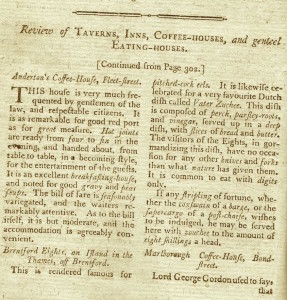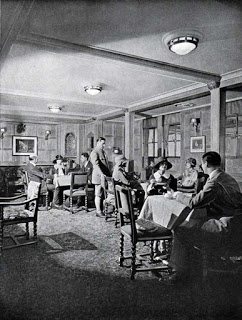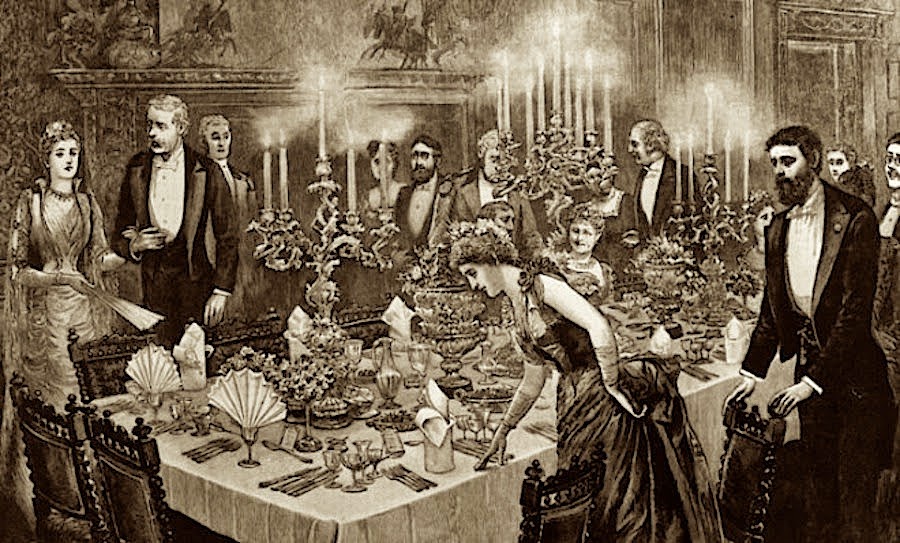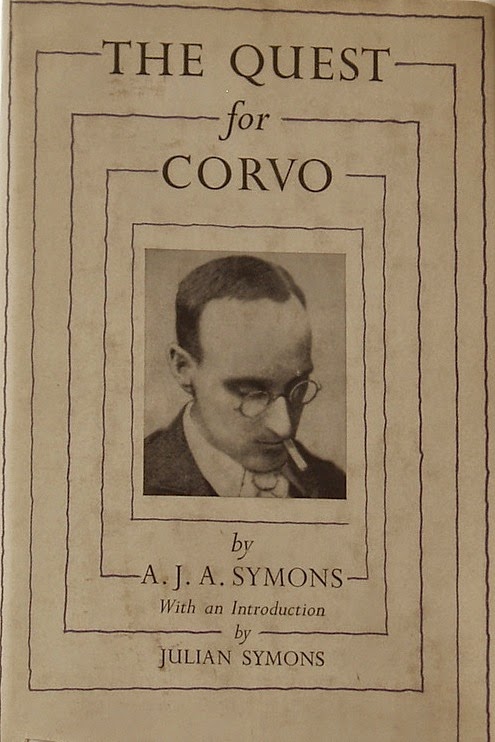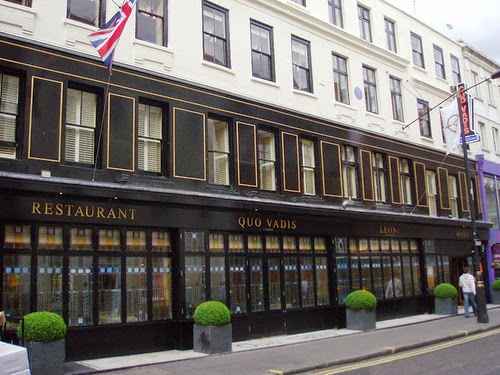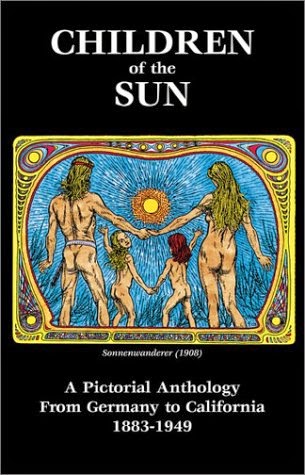From a volume of Bentley's Miscellany (London, 1841)- this piece by Albany Poyntz (i.e. Catherine Gore) other contributors to this volume included Ainsworth, Crowquill, Ingoldsby & Longfellow. She also wrote A World of Wonders (Richard Bentley, London 1845) - a polymathic work refuting popular superstitions with chapters on Pope Joan, Wild Women, Sybils, Monstrous Births and Ventriloquism etc.,. The full text can be found at Project Gutenberg.
Catherine Gore (1799 - 1861) is best known for her many "silver-fork" novels, which depicted fashionable high society. In 1830, she published her first silver-fork novel, Women As They Are, or Manners of the Day, and then went on to write many more books in this popular genre that provided her with a considerable income. There is much on her at The Corvey Novels Project (Nebraska) She was known as a bright conversationalist, an attribute that also displayed itself in the dialogue in her novels. Her writing is often compared to Jane Austen's, particularly her descriptions of the "heartless society mother" in various novels. In this piece The Diary of A Dining-Out Man, which she writes as 'Albany Poyntz' the extreme worldliness of tone prefigures Saki. It is a world she would have known - she was herself at one time very rich but was swindled out of £20,000, and had to write several more society novels to recoup.
DIARY OF A DINING-OUT MAN.
BY ALBANY POYNTZ.
So, here we are in the season again. — Goodness be praised ! — Those country houses take too much out of a man, in return for what he extracts from them. It is well enough in those where one has the ear of the house, as well as the run of the house, — remaining a fixture, while successive parties of guests appear and disappear; for the same bon-mots and good stories serve to amuse his Grace on Friday, which were tried upon the country-neighbour party with success, the preceding Monday, — as inoculation was attempted upon criminals, before the royal family were submitted to the prick of the lancet. More particularly when the whole set has been renovated. It is a bore to have some single gentleman, or stationary souffre douleur cousin, on the watch for the point of every well-worn anecdote,–like people at a pantomime, familiar beforehand with the tricks.
Still, even when one makes a hit, the wear and tear of the thing is prodigious. One goes through the work of three dinners per diem ; — to wit, breakfast, luncheon, and dinner, — and all without refreshment ! In town, one has the chance of the clubs and morning visits to brighten one. But in a country house, where one can only rub up per aid of the new works and periodicals lying on the table, or visits shared in common with the rest of the party, one must fall back on one's own resources, — and the effort is prodigious.
Continue reading →
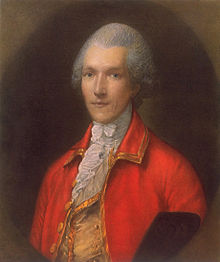 Found in a pamphlet of c 1796, entitled On Food, and particularly of Feeding the Poor by the pioneer of cheaply produced dishes , Benjamin, Count Rumford, is a recipe that is not likely to catch on among modern foodies, though those who like experimenting with trendy cereals such as Quinoa, might find it intriguing. To me it sounds like a superior thickened gruel, but others might disagree.
Found in a pamphlet of c 1796, entitled On Food, and particularly of Feeding the Poor by the pioneer of cheaply produced dishes , Benjamin, Count Rumford, is a recipe that is not likely to catch on among modern foodies, though those who like experimenting with trendy cereals such as Quinoa, might find it intriguing. To me it sounds like a superior thickened gruel, but others might disagree.
